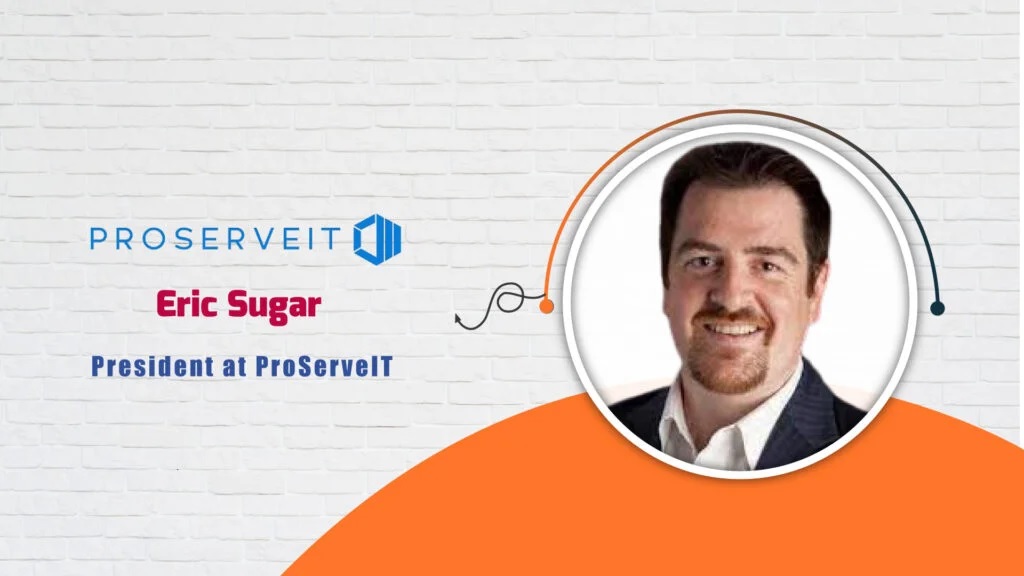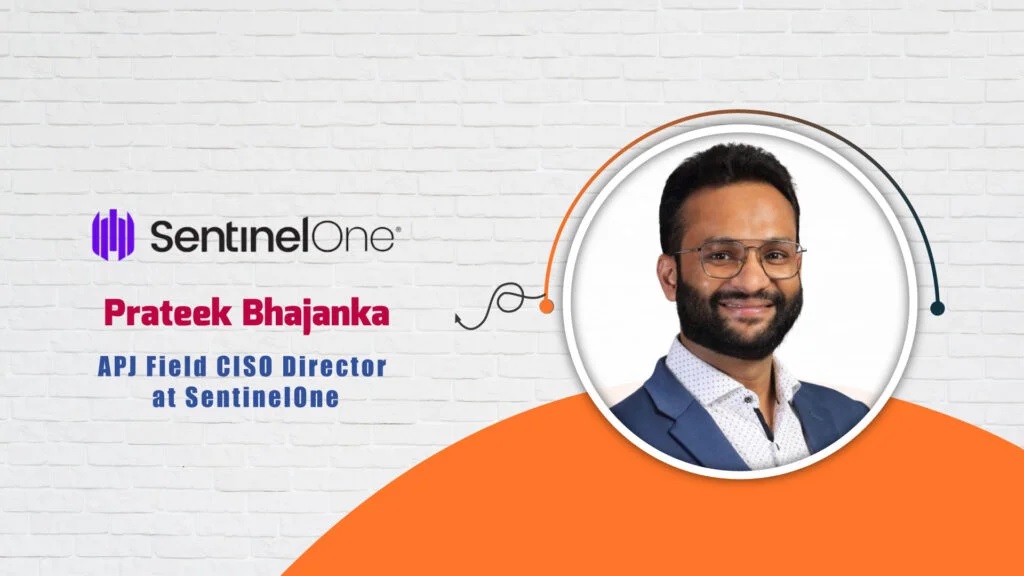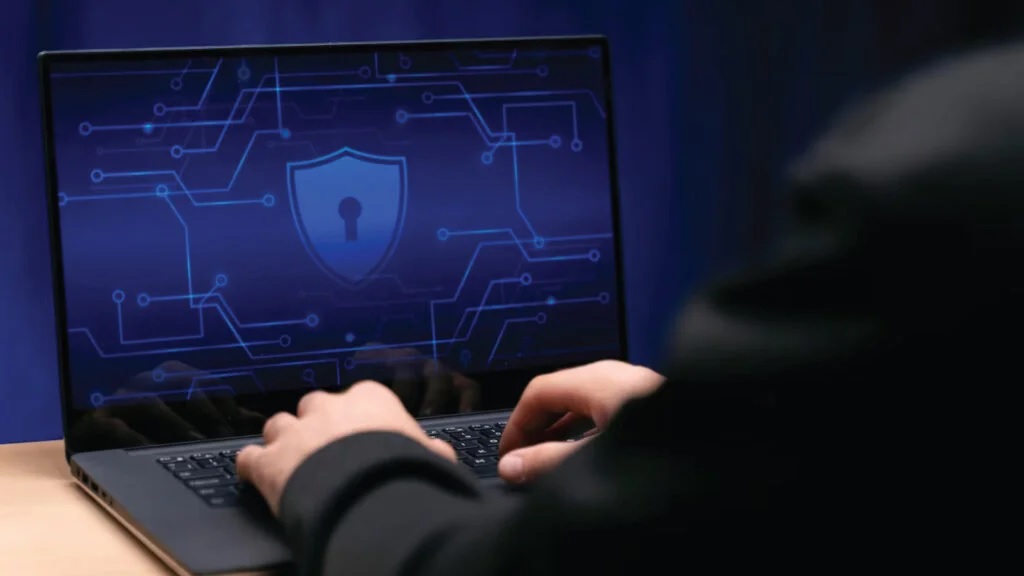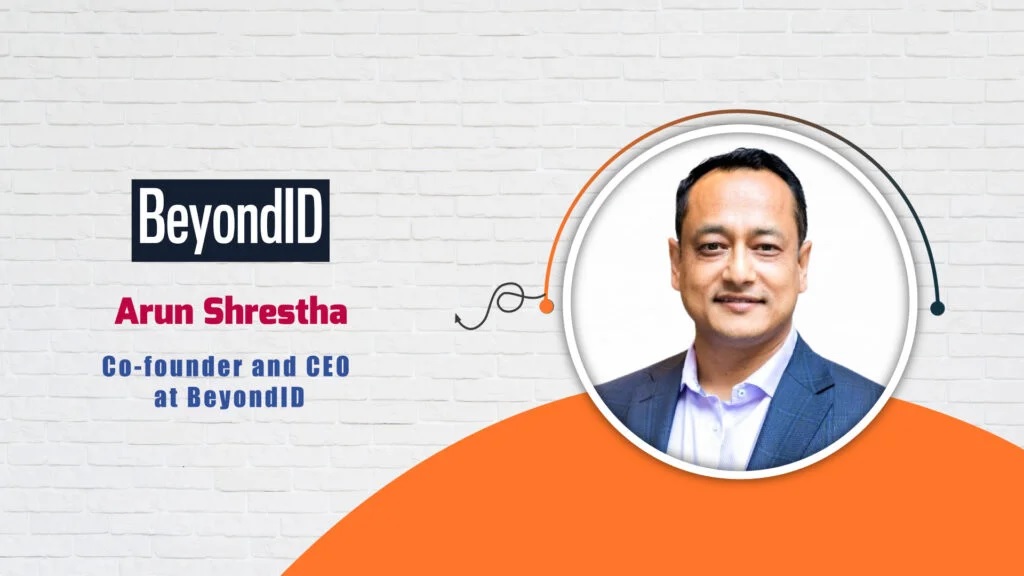The potential for deepfakes to sway public opinion and influence the outcome of India’s Lok Sabha is raising red flags throughout the cyber community. While Indians are deciding on which candidate best represents their views, deepfakes, and generative technologies make it easy for manipulators to create and spread realistic videos of a candidate saying or doing something that never actually occurred.
The Deepfake threat in politics
The use of deepfakes in politics is particularly alarming. Imagine a scenario where a political candidate appears to be giving a speech or making statements that have no basis in reality. These AI-generated impersonations, based on a person’s prior videos or audio bites, can create a fabricated reality that could easily sway public opinion. In an environment already riddled with misinformation, the addition of deepfakes takes the challenge to a whole new level.
For instance, the infamous case where Ukrainian President Volodymyr Zelensky appeared to concede defeat to Russia is a stark reminder of the power of deepfakes in influencing public sentiment. Though the deception was identified due to imperfect rendering, there is no way of knowing who believes it to be true even after being disproved, showcasing the potential for significant political disruption.
Deepfakes as a danger in the digital workplace
Employees, often the weakest link in security, are especially vulnerable to deepfake attacks. Employees can easily be tricked into divulging sensitive information by a convincing deepfake of a trusted colleague or superior. The implications for organisational security are profound, highlighting the need for advanced, AI-driven security measures that can detect anomalies in user behaviour and access patterns.
The double-edged sword of AI in cybersecurity
However, it’s important to recognize that AI, the very technology behind deepfakes, also holds immense capabilities to help hackers discover cybersecurity loopholes and breach business networks. While AI may help discover new vulnerabilities for threat actors, it also can be used to discover counter-measures, such as identifying patterns in data that would have otherwise gone unnoticed.
A system can then flag the potential Deepfake content and remove it before it achieves its goal. This can help bridge the global skills gap in cybersecurity, enabling analysts to focus on strategic decision-making rather than sifting through endless data.
Companies must prioritise AI-driven cybersecurity solutions as part of a broader, company-wide approach that intertwines safety with quality across all aspects of their operations. From online behaviour to development processes, a centralised AI- ingested understanding of an organisation’s baseline is crucial. Such technologies can identify breaches in real time, whether perpetrated by external threat actors or employees misled by deepfakes. This proactive stance is essential for maintaining integrity and security in a digital landscape increasingly complicated by AI technologies.
To Know More, Read Full Article @ https://ai-techpark.com/deepfakes-and-the-quest-for-authenticity-in-a-digital-world/
Read Related Articles:











